The theme of the tutorial padel this week is how to quickly detect if your opponents are going to play a bandeja or a smash. As always, Julien Bondia offers you short tutorials so that you can focus on a specific part of the game. How do you quickly know which move your opponents are going to play?
One of the problems we may encounter when we are placed at the back of the field, in a defensive position, is to quickly detect if our opponents will play a particular shot. As soon as we have this information, we will place ourselves accordingly. Subsequently, you are free to set up your attack.
Today I suggest you understand if your opponents will play a bandeja or if they are going to play a smash.
The case is the following. You are at the back of the field, your opponents at the net. You or your partner decide to play a high ball. If the lob is successful, well done. Your opponents go back to the bottom and you take the net. If this is not the case, your opponents will try to stay at the net, or even finish the point with a bandeja or a smash.
How to have information?
It is from here that history interests us. There is no question for you to watch the ball, but your opponents. Let me explain. You, or your partner, play your lob. Look directly at the opponent players and especially who will play the ball. It will take very quickly to look at his non-dominant hand, the action of the arm that does not wear the racket.
This arm will have 2 options: Either it will announce a bandeja, or a smash.
Bandeja
To hit a bandeja, the non-dominant hand will move up the side of the body, towards the side grid. If you are very fast, you will see that this hand passes “generally” in front of the player's legs to go to the side of the body, at shoulder height, towards the grid. Then, this position can change, if the player has to change his placement, play in support with the ground or in suspension. But the starting movement will be the same.

Smash
For the smash, it's different. The non-dominant hand will no longer point the side gate but directly the ball. Since the ball will be in the air and that to hit a smash, the player will be under the ball, the position of the non-dominant hand will be directed to the sky.
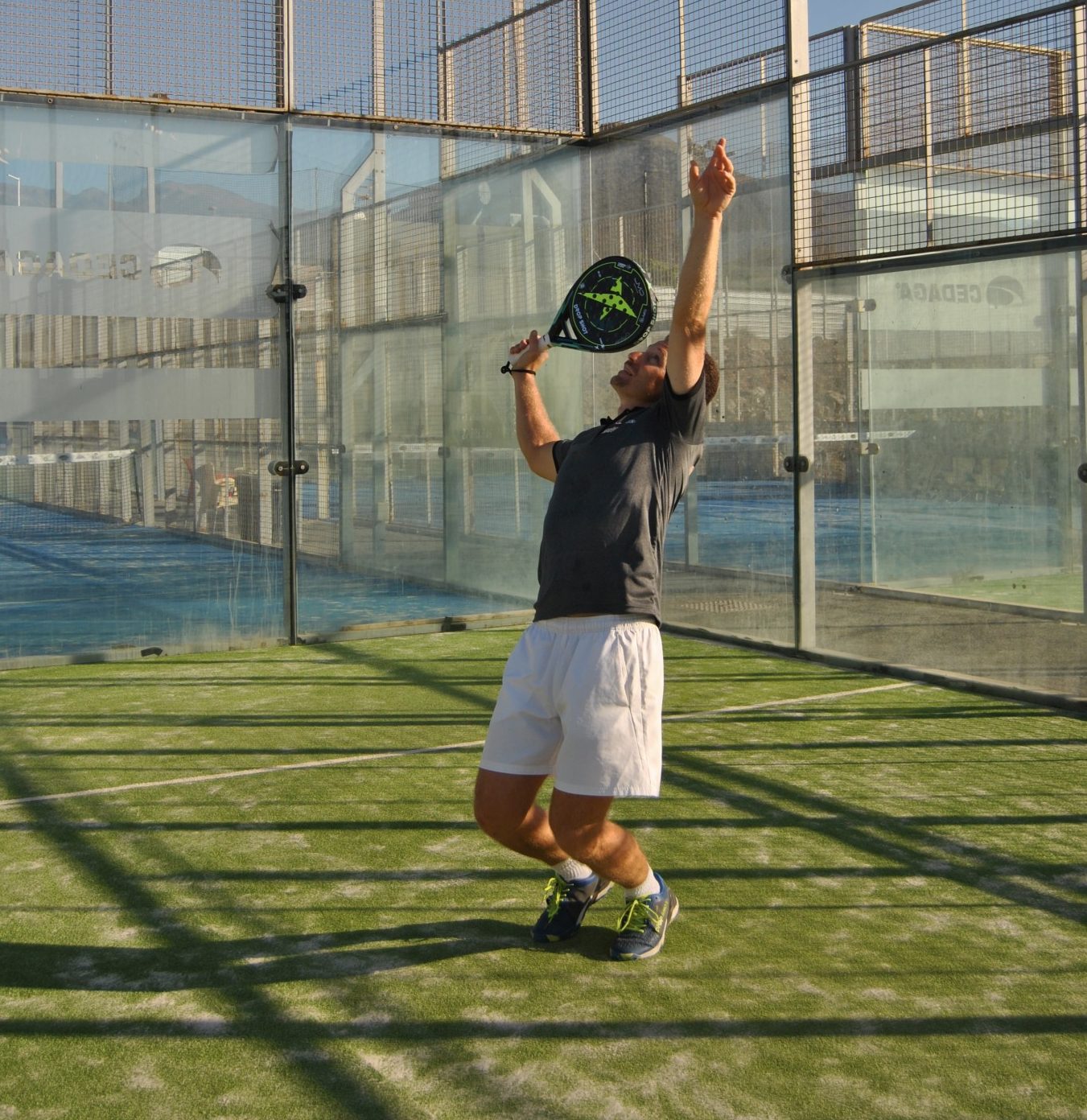
Conclusion
If you practice looking at your opponents, their position and in particular the position of their non-dominant hand during your lobs, which is the moment when you will have the most time, you will be able to place yourself on the ground accordingly, and thus achieve better defensive shots. We will discuss how to position yourself during a bandeja or a smash from our opponents soon.
On your rackets.
Julien Bondia is a teacher of padel in Tenerife (Spain). Columnist and advisor, he helps you play better through his tutorials and tactical/technical articles padel.















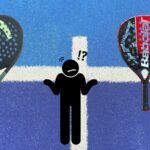
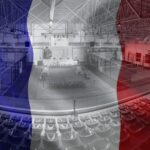
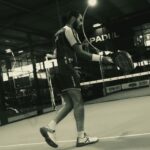






















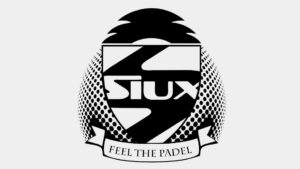


























































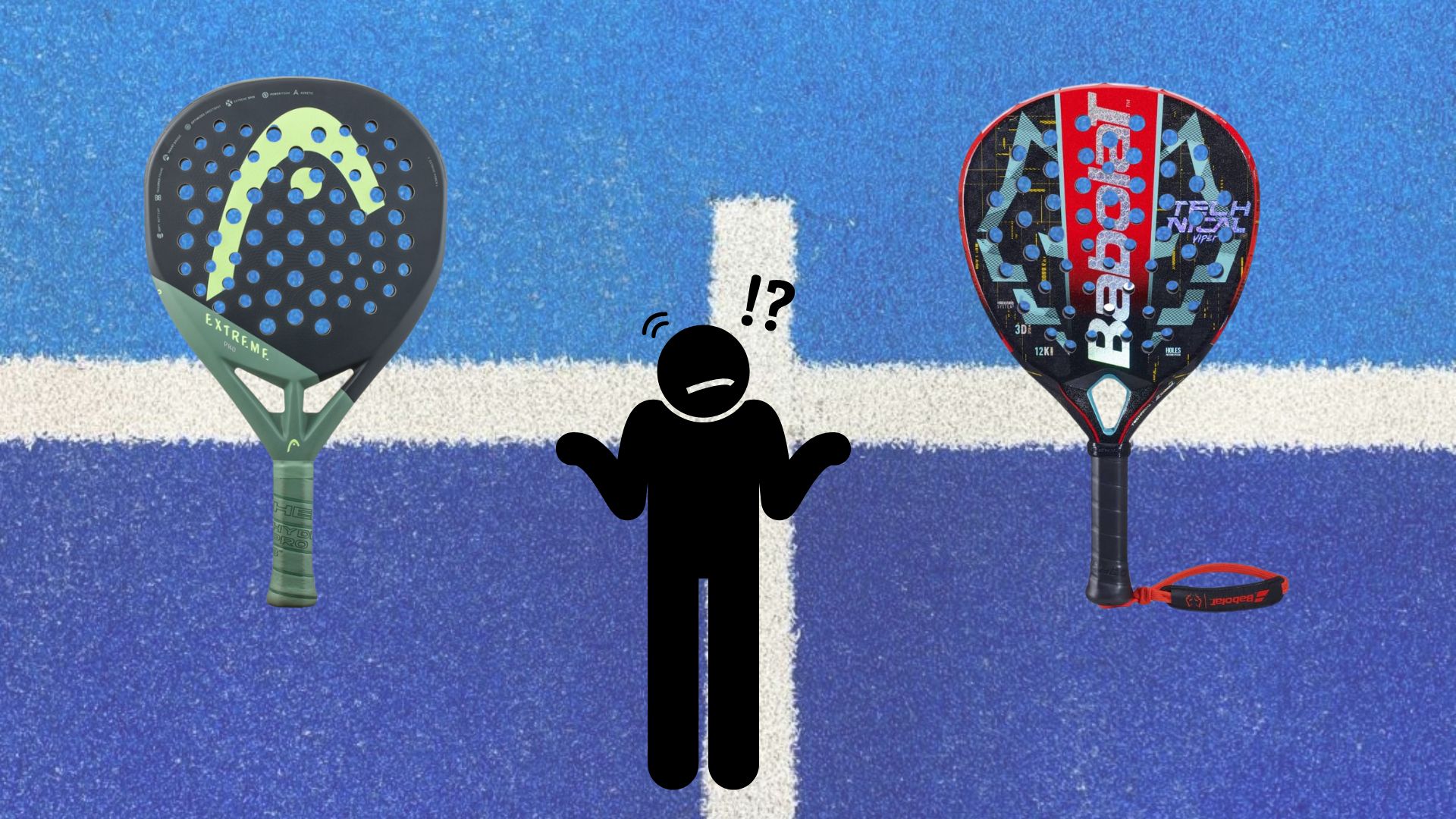 Which high-end racket to choose in 2024?
Which high-end racket to choose in 2024?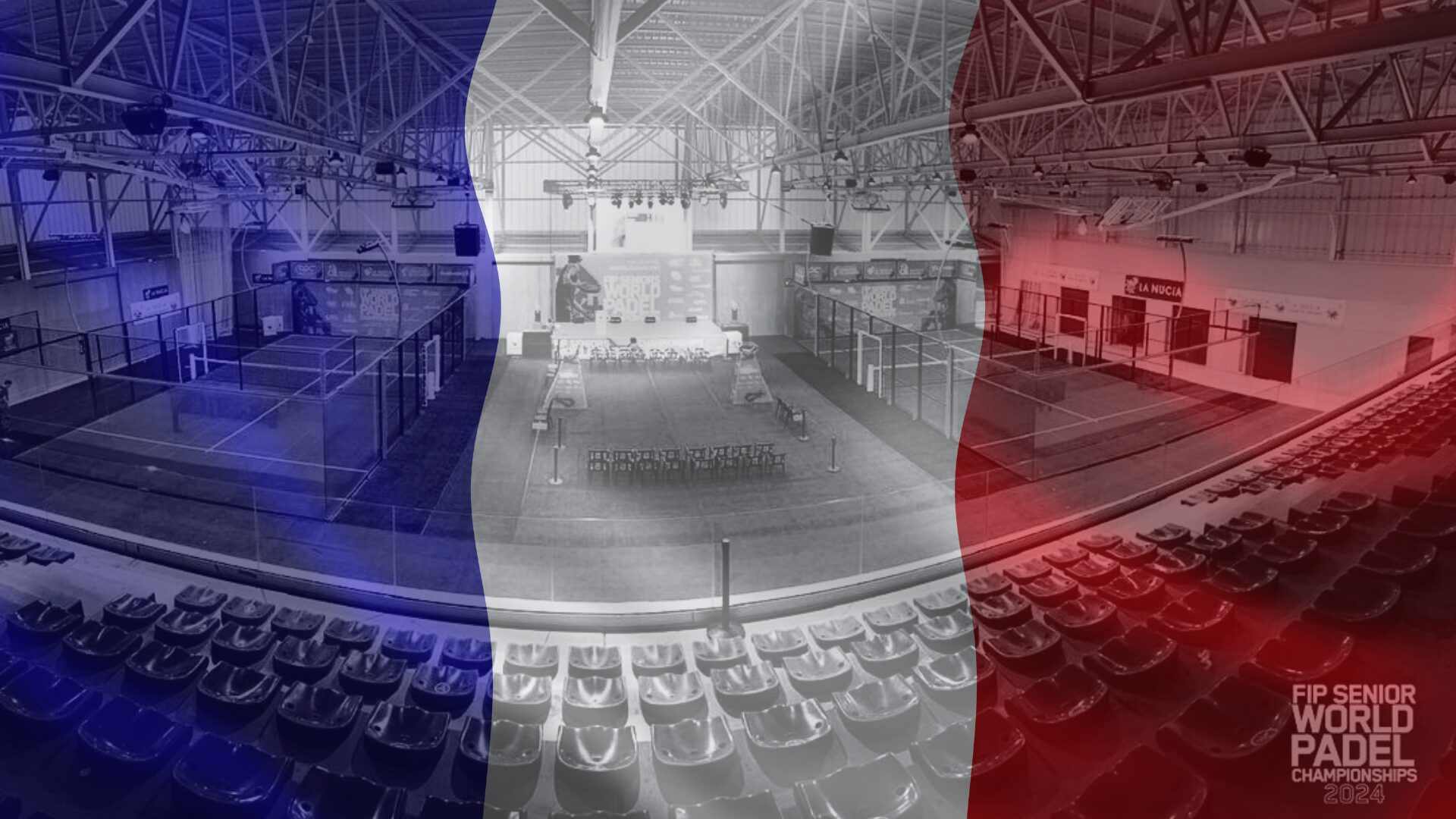 World Seniors Plus 2024 Open (M): five French pairs in the quarters!
World Seniors Plus 2024 Open (M): five French pairs in the quarters!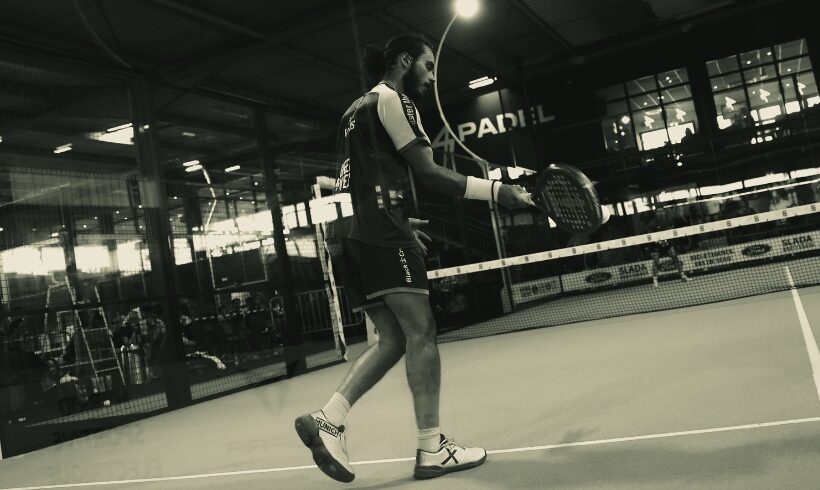 Manuel Vives: “It’s extremely difficult to get by financially”
Manuel Vives: “It’s extremely difficult to get by financially” 2024: a pivotal year for PadelShot
2024: a pivotal year for PadelShot And 4 for Frederick and Mehdy with network 4Padel !
And 4 for Frederick and Mehdy with network 4Padel !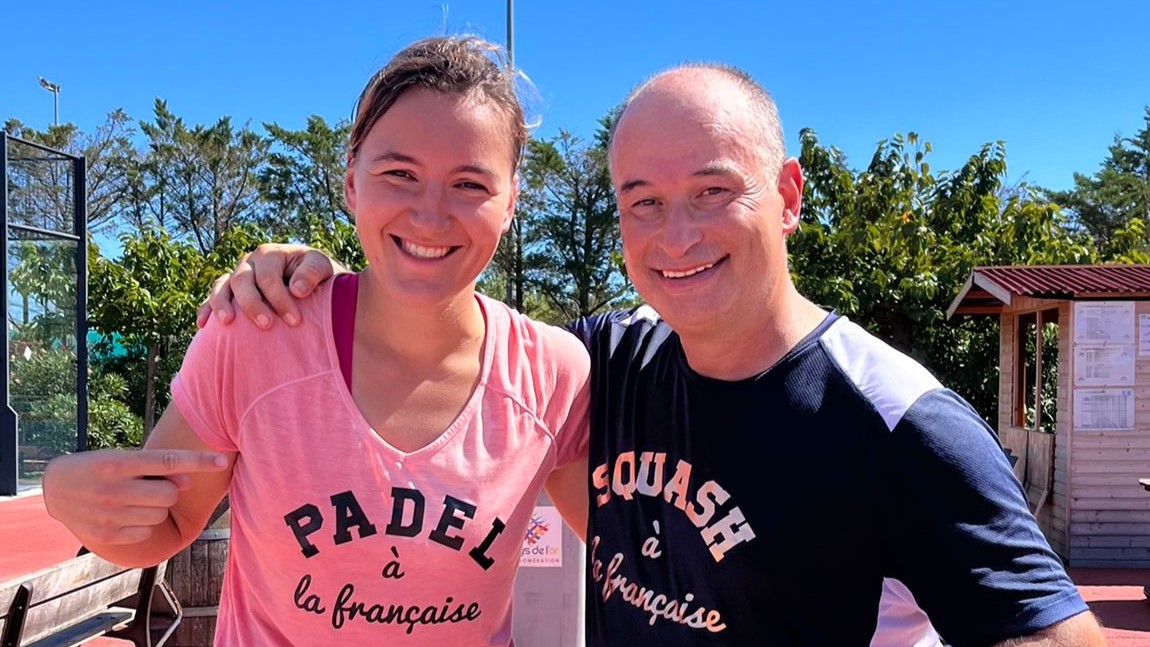 Benoît Letourneau (GM Squash & Padel): “Have a hundred young people in multi-snowshoes within three years”
Benoît Letourneau (GM Squash & Padel): “Have a hundred young people in multi-snowshoes within three years”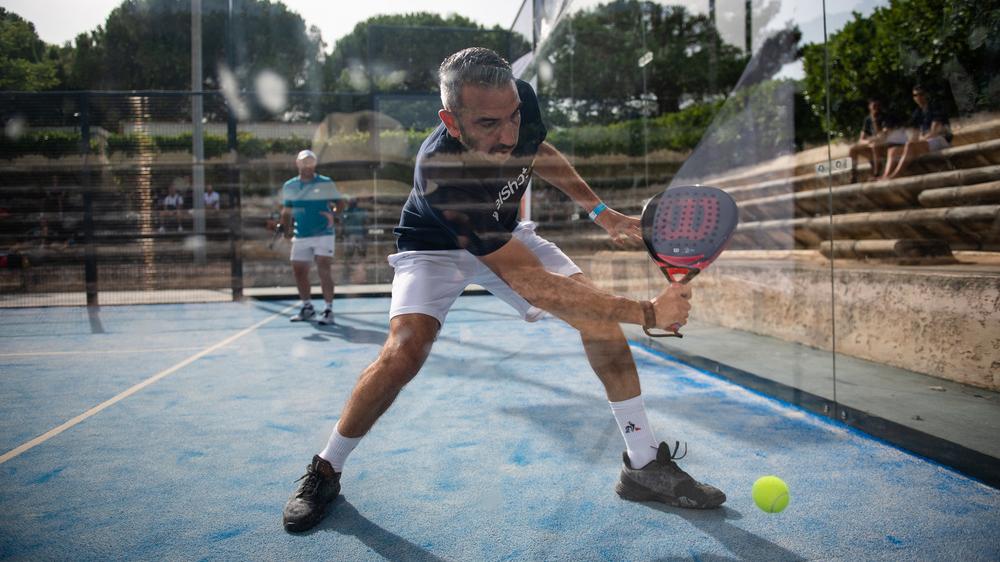 World Senior Plus – Simon Boissé: “Be in the first five places”
World Senior Plus – Simon Boissé: “Be in the first five places”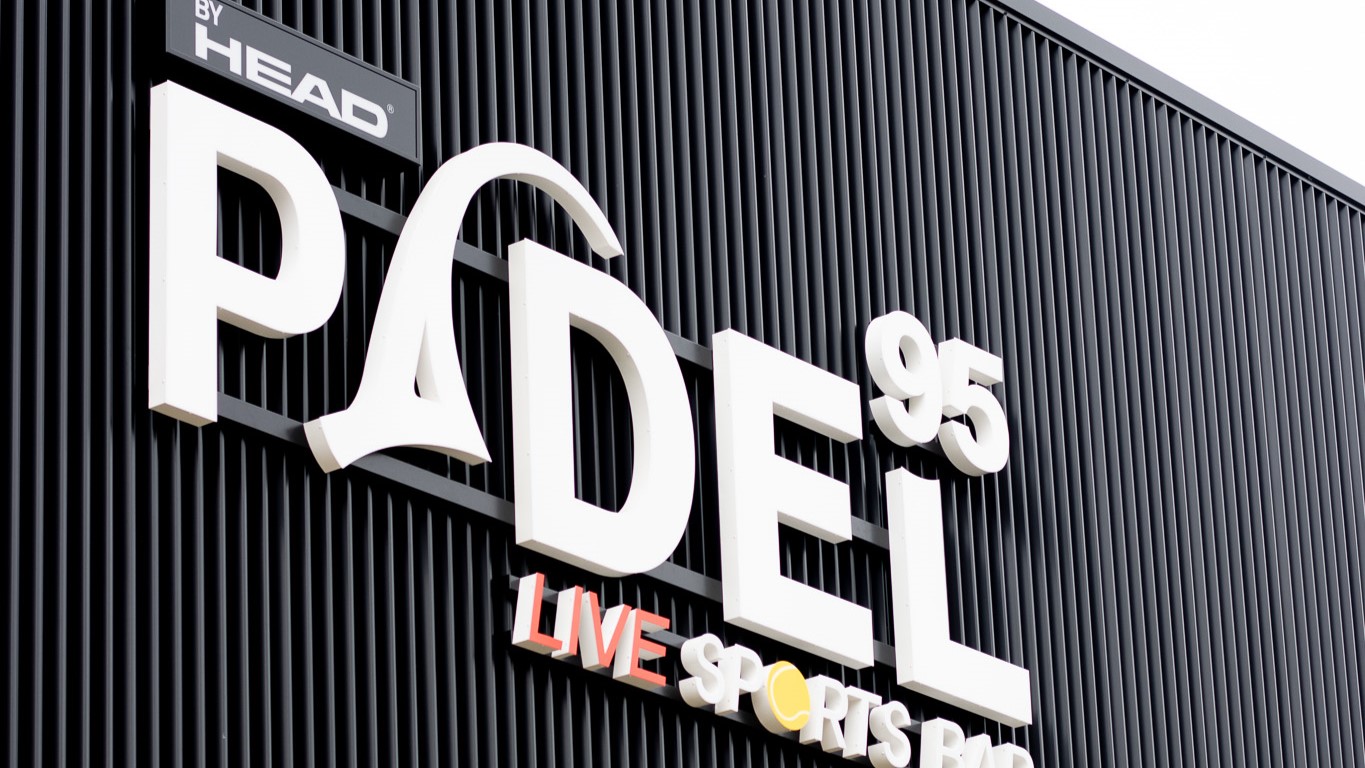 Padel 95: a brand new complex in Pontoise!
Padel 95: a brand new complex in Pontoise! World Seniors Plus 2024 Open (M): the French start very strong
World Seniors Plus 2024 Open (M): the French start very strong Lorena Rufo teams up with Bea Caldera
Lorena Rufo teams up with Bea Caldera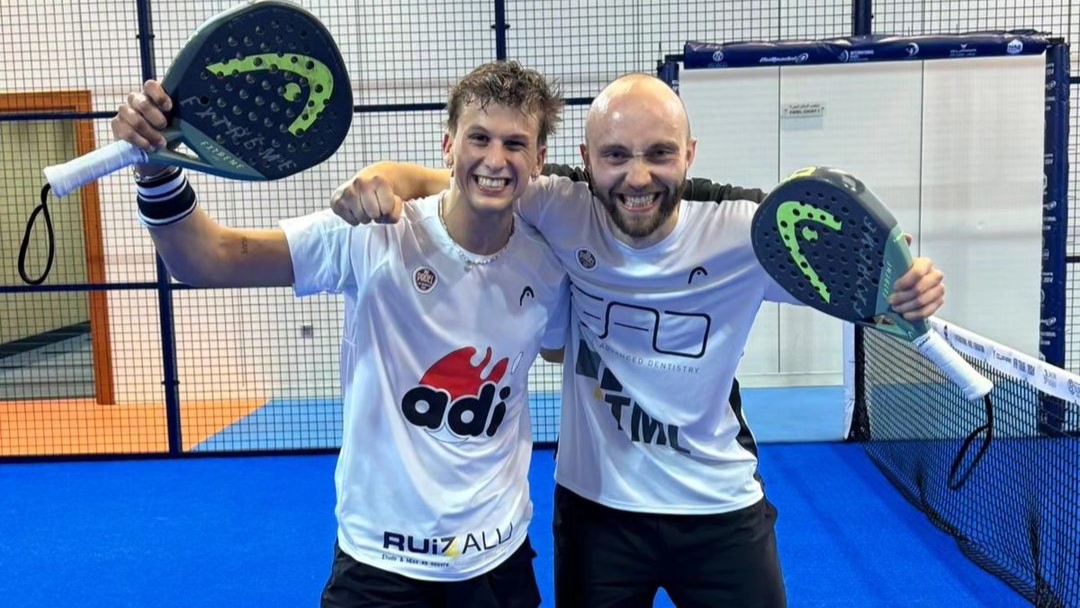 The big progress of Thomas Vanbauce
The big progress of Thomas Vanbauce Play at padel on his yacht? Possible for €233.000!
Play at padel on his yacht? Possible for €233.000!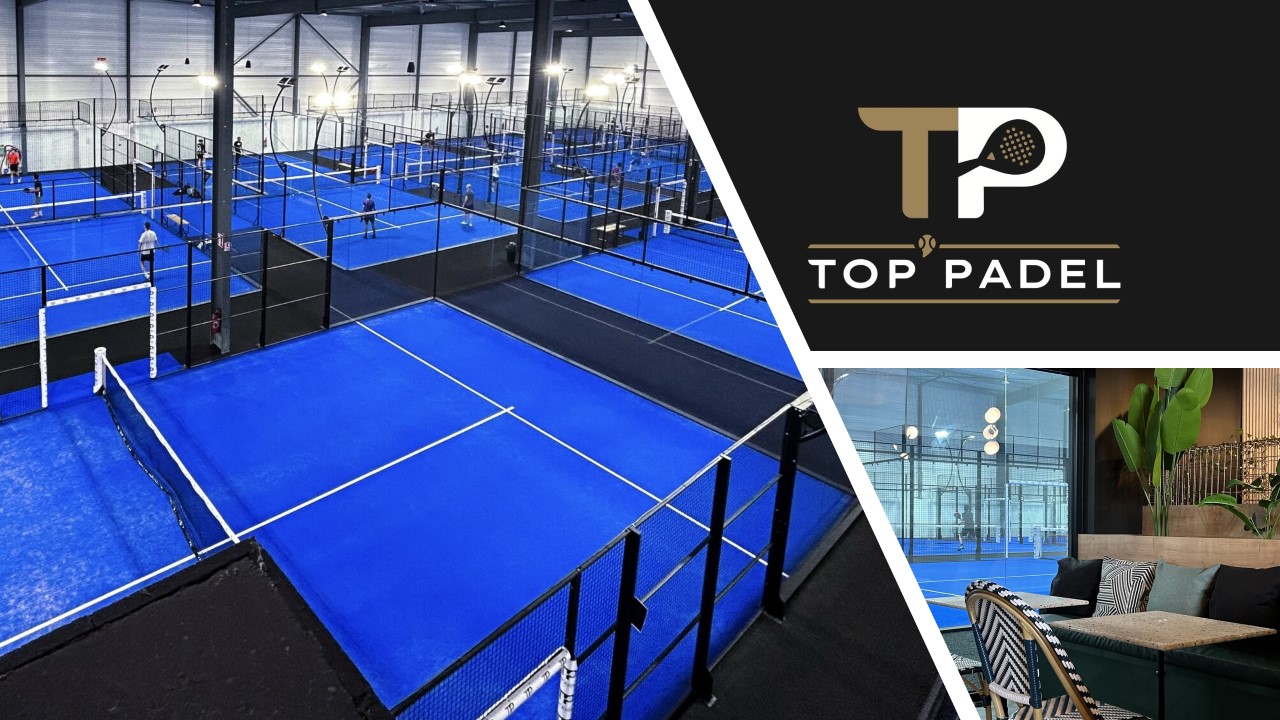 TOP Padel : “A premium club with 10 slopes in Toulouse”
TOP Padel : “A premium club with 10 slopes in Toulouse”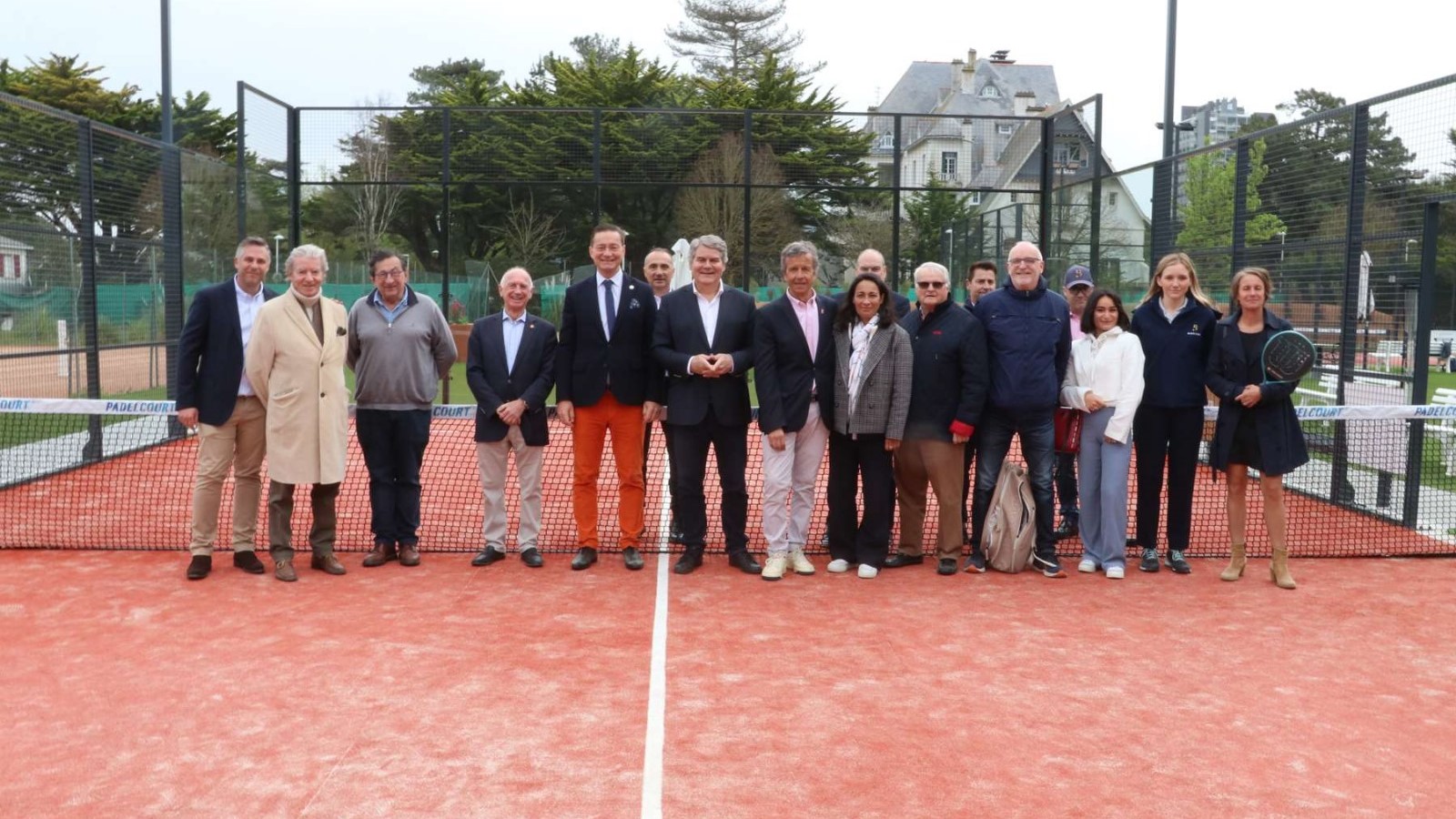 The padel of the Barrière Country Club are born in La Baule
The padel of the Barrière Country Club are born in La Baule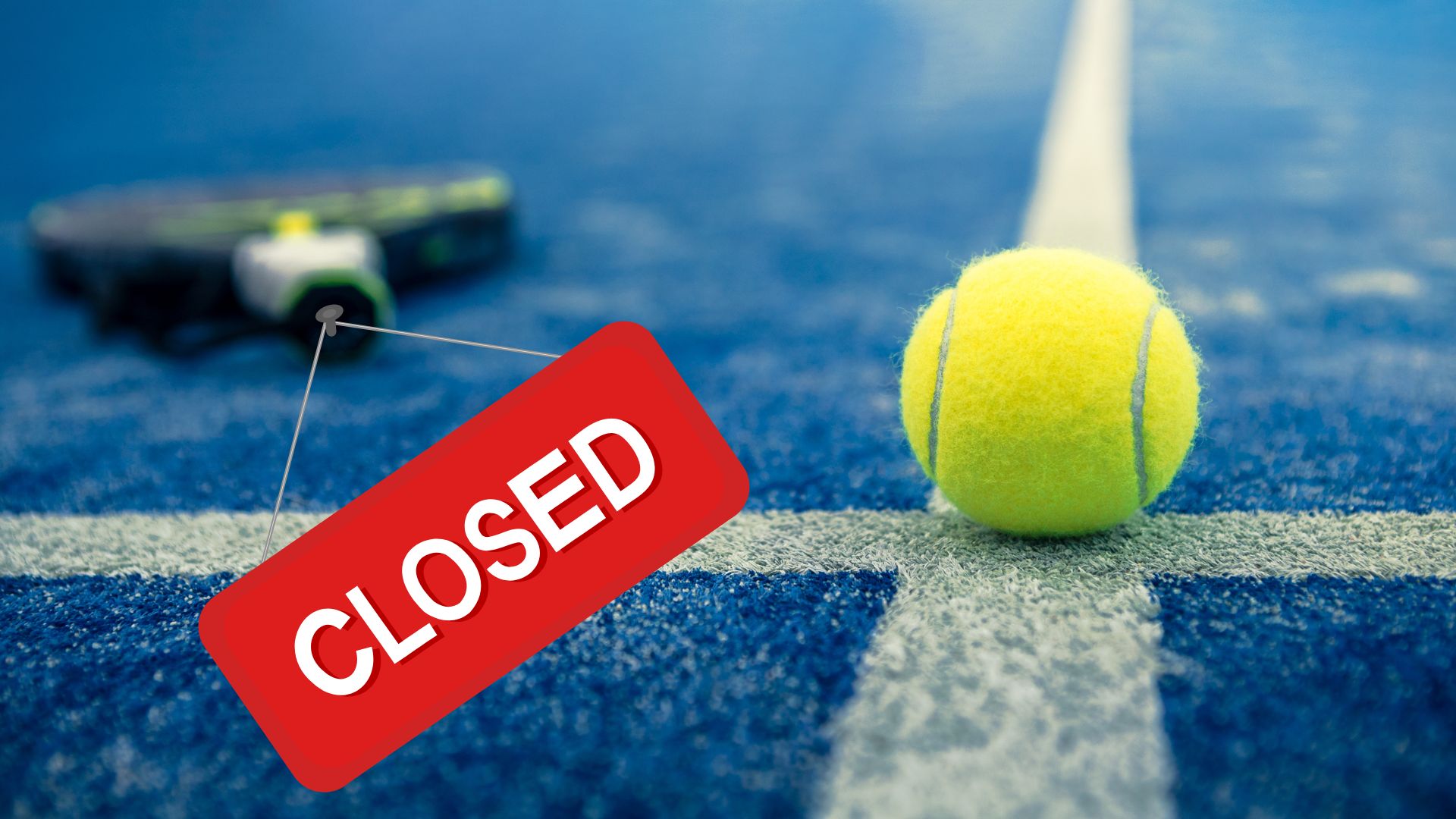 Why clubs padel do they close?
Why clubs padel do they close? At the heart of padel – Episode 24: Paul Daulan shares the evolution of his bandeja
At the heart of padel – Episode 24: Paul Daulan shares the evolution of his bandeja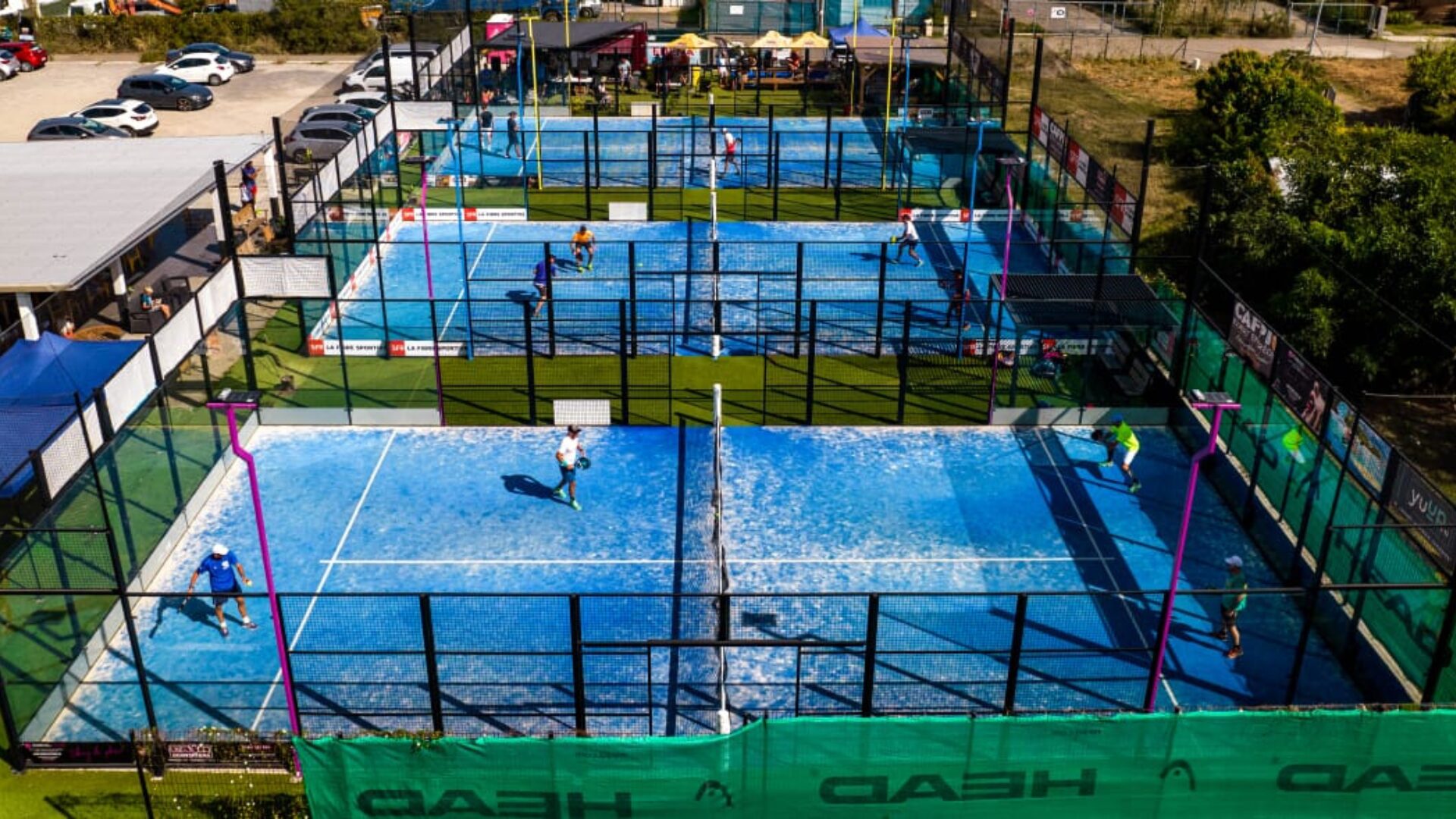 Why choose a track padel new?
Why choose a track padel new?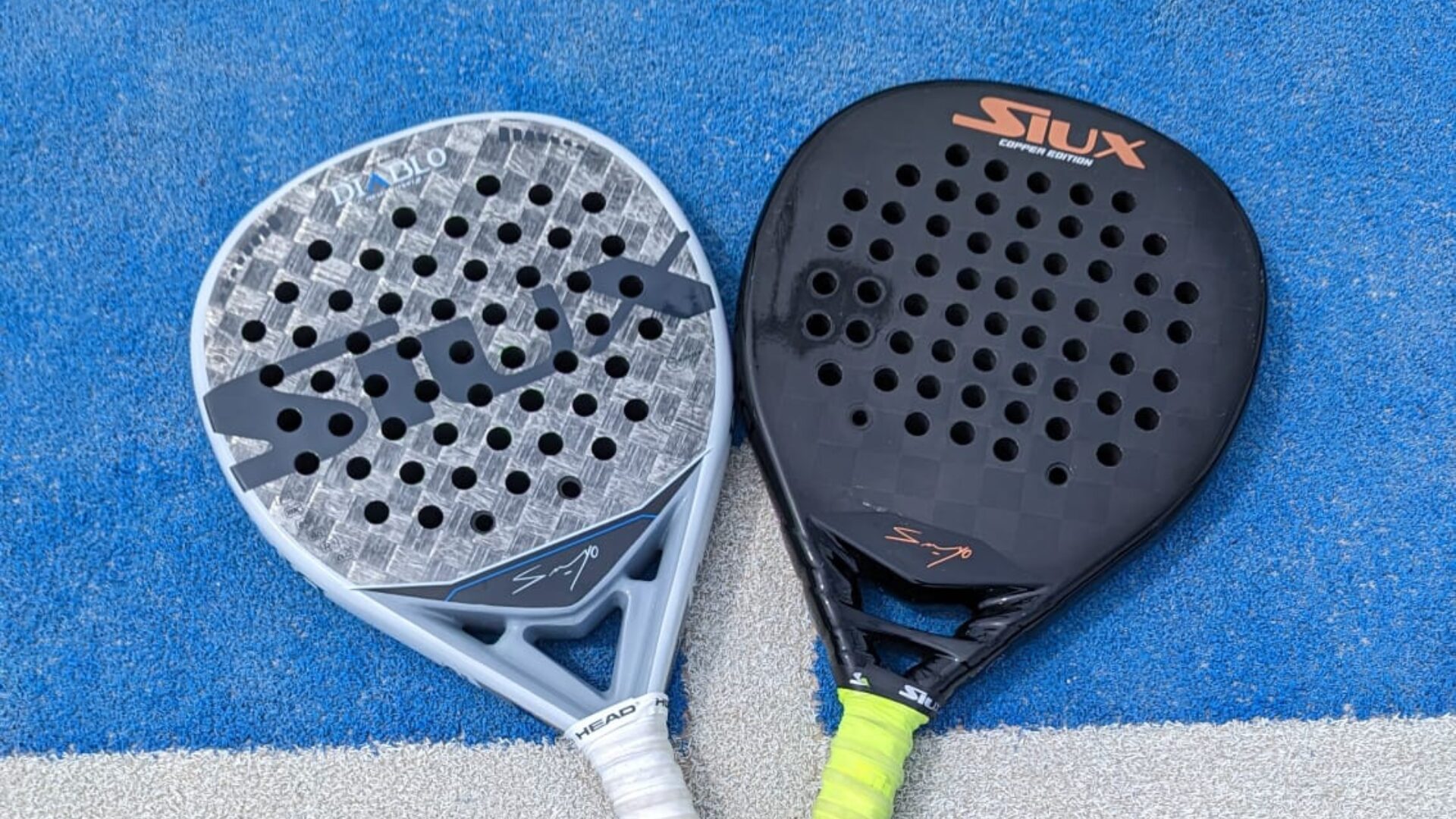 Do you know snowshoes? padel hybrids?
Do you know snowshoes? padel hybrids? At the heart of padel – Episode 23: defend the window well
At the heart of padel – Episode 23: defend the window well Prohibition on playing topless Padel : the reasons
Prohibition on playing topless Padel : the reasons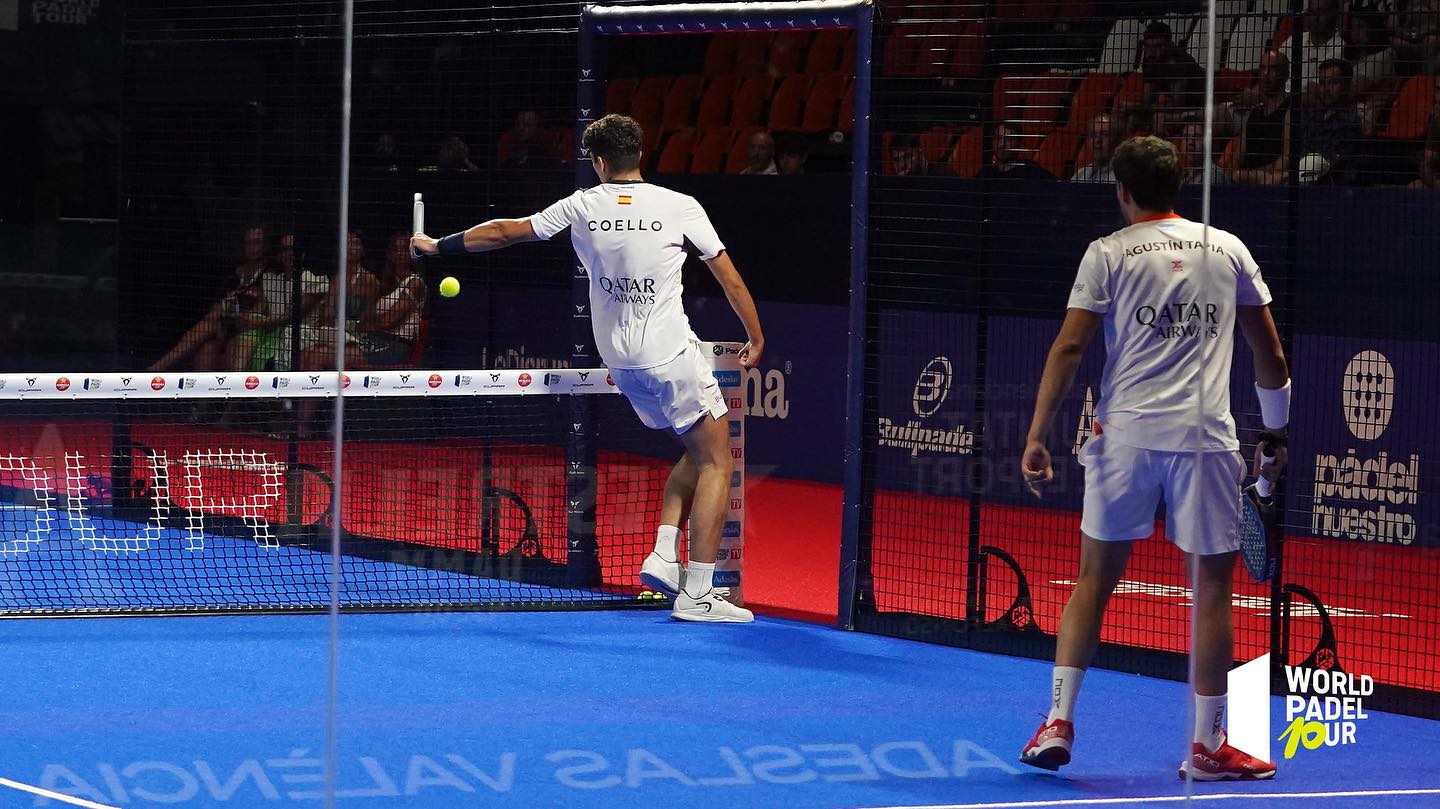 What is the difference between a dormilona, a dejada and a cushioned puerta?
What is the difference between a dormilona, a dejada and a cushioned puerta? FIP Tour – Going far from Europe, THE strategy to earn points!
FIP Tour – Going far from Europe, THE strategy to earn points! What is a good football player? padel ?
What is a good football player? padel ? “Lefties give me headaches when I play against them!”
“Lefties give me headaches when I play against them!” At the heart of padel – Episode 14: how to earn points in winter?
At the heart of padel – Episode 14: how to earn points in winter?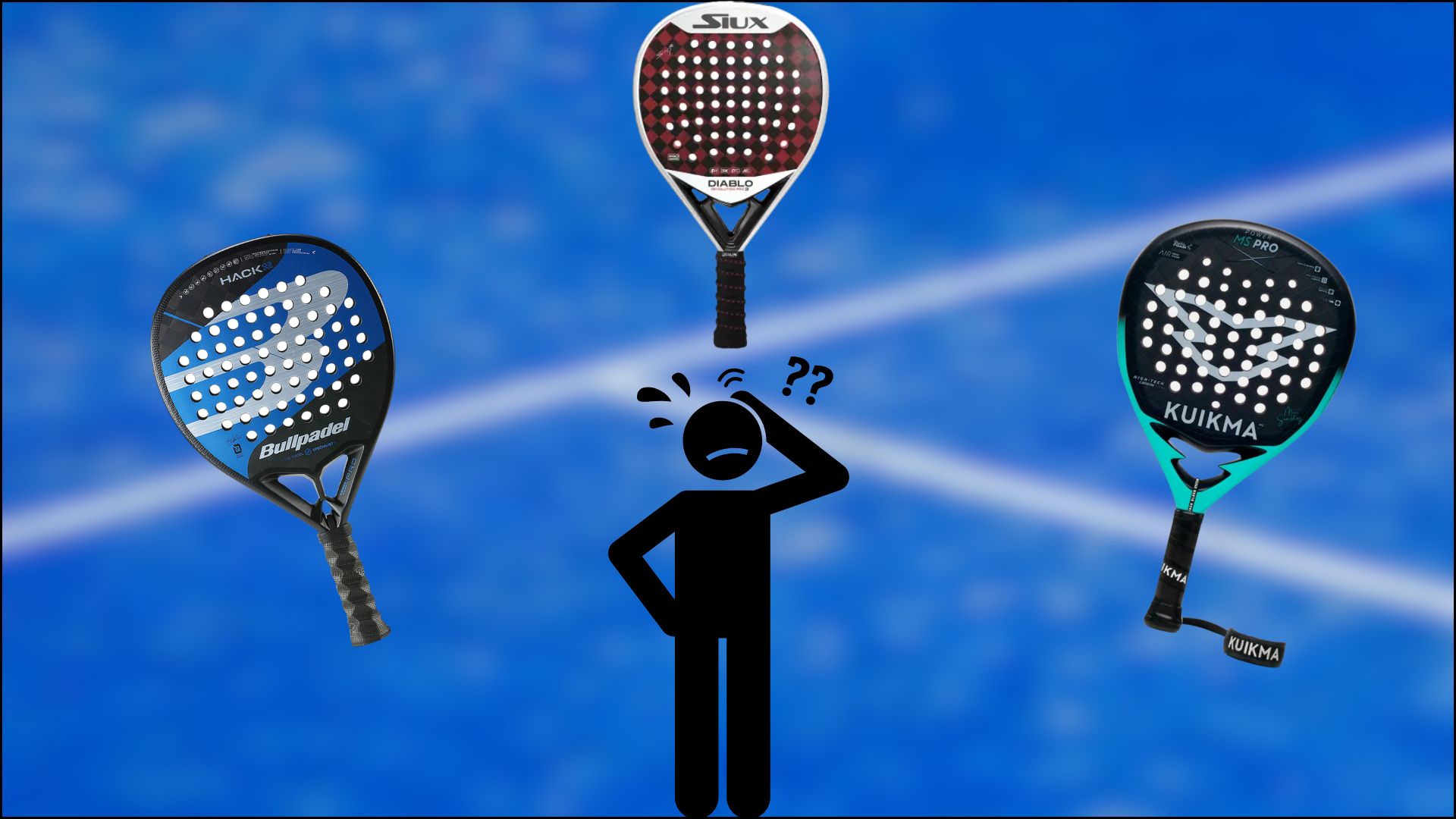 Choose your racquet padel in 3 steps
Choose your racquet padel in 3 steps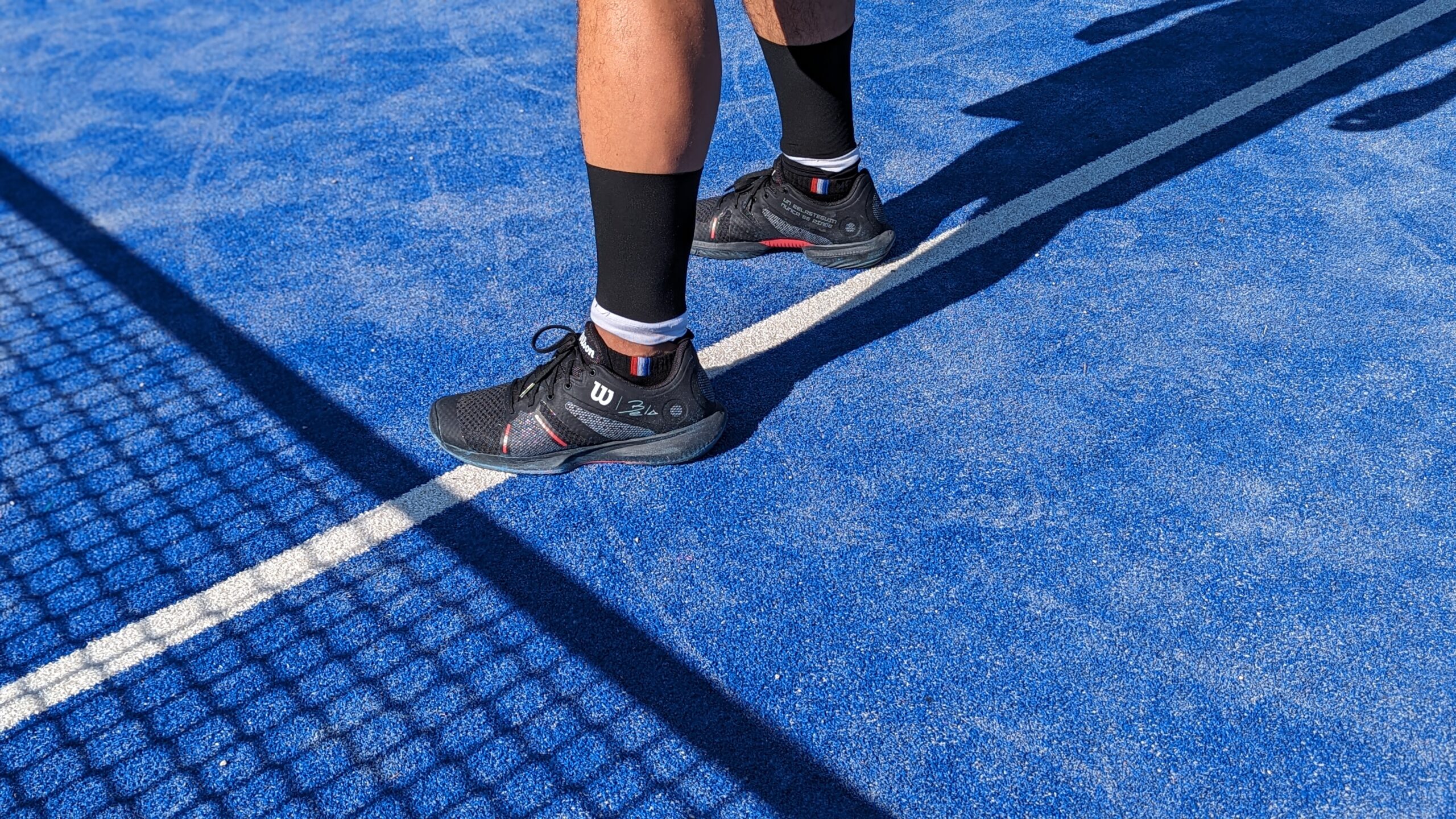 Practical guide to determining your ideal shoe size padel
Practical guide to determining your ideal shoe size padel La padel to fight Parkinson's disease
La padel to fight Parkinson's disease Don't play with a cracked or broken racket, your body will thank you!
Don't play with a cracked or broken racket, your body will thank you! Michel Cymes: “The padel, physically, it’s serious!”
Michel Cymes: “The padel, physically, it’s serious!” Jeremy Gala: “Promote the padel among young people in Belgium remains a challenge”
Jeremy Gala: “Promote the padel among young people in Belgium remains a challenge” The French Touch Academy organizes its selection day Padel-Study
The French Touch Academy organizes its selection day Padel-Study Report on the detection and training of younger generations
Report on the detection and training of younger generations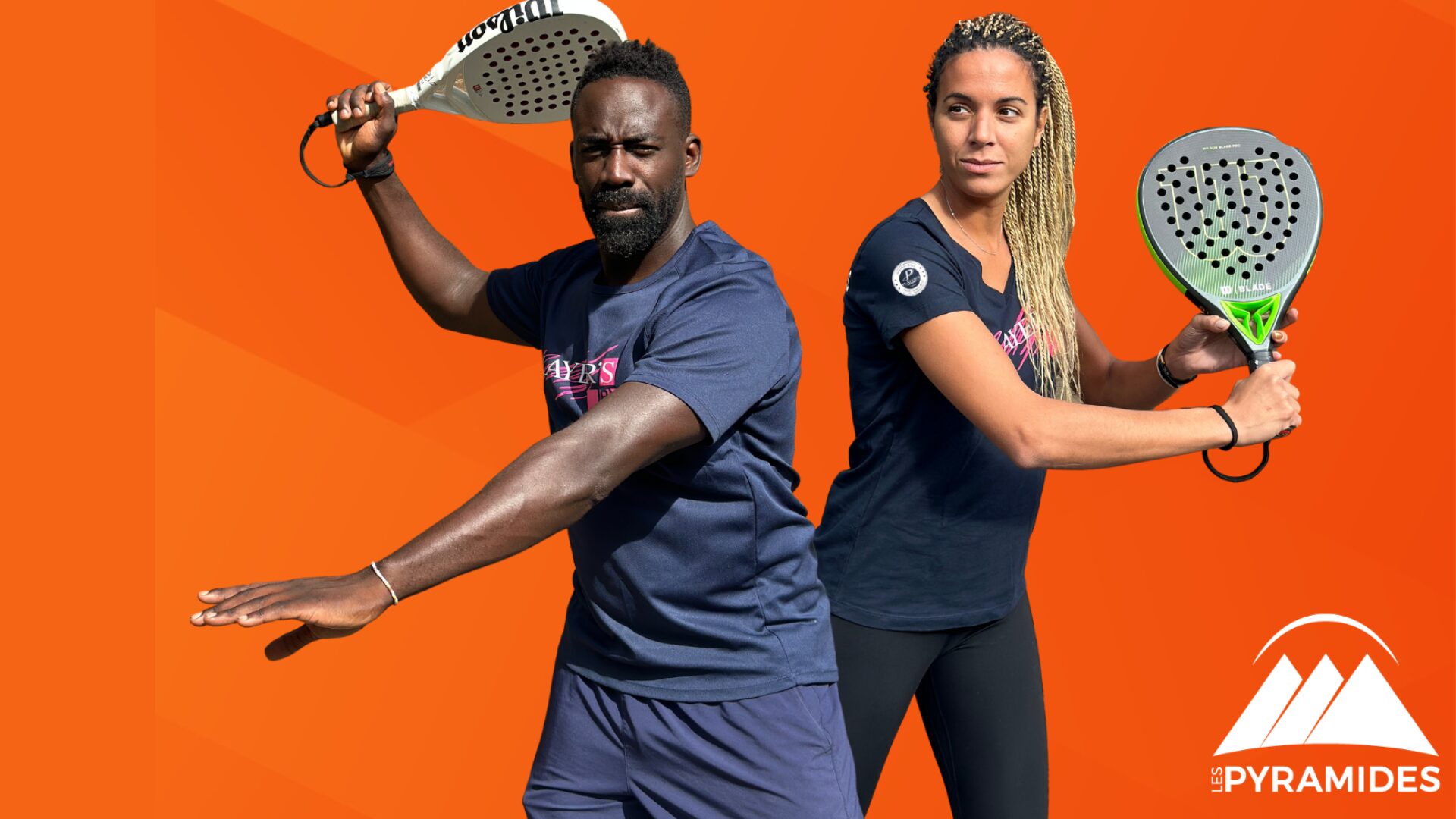 Player's adult courses from April 8 to 21, 2024!
Player's adult courses from April 8 to 21, 2024!